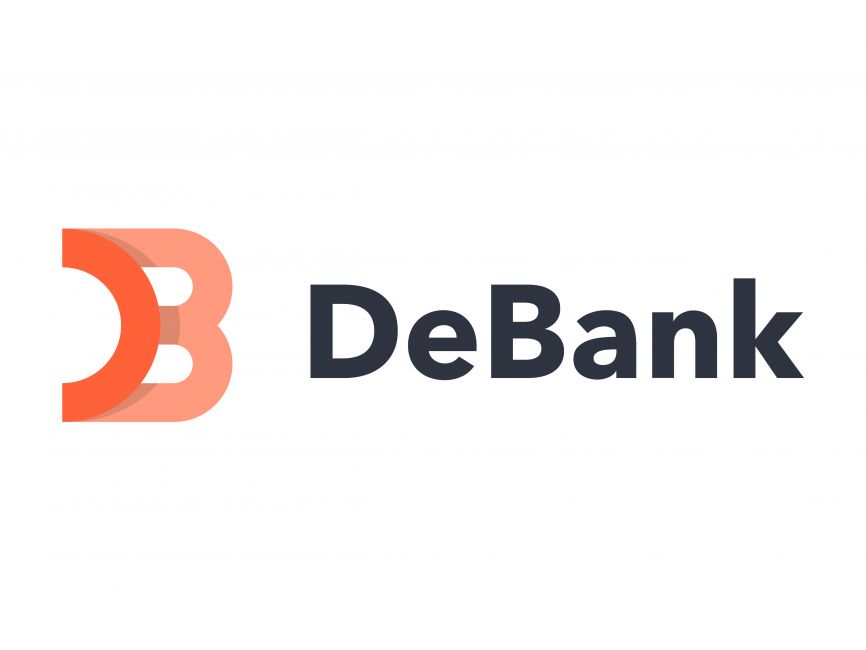No products in the cart.
Uncategorized
Why Cross-Chain Analytics Are a Game Changer for DeFi Portfolio Tracking
Okay, so check this out—navigating the DeFi space today feels like juggling flaming swords while riding a unicycle. Seriously. You’ve got assets scattered across multiple chains, liquidity pools on different protocols, and transaction histories that look like the scripts from a sci-fi flick. It’s overwhelming, even for someone who’s been knee-deep in crypto for years.
At first glance, I thought, “Why not just stick to one chain?” But that’s not how DeFi rolls anymore. The multi-chain reality is here, and it’s not going anywhere. So the question becomes: how do you keep tabs on all your positions without losing your mind? This is where cross-chain analytics tools come into play, and honestly, they’re a breath of fresh air.
Here’s the thing. Tracking liquidity pools across chains used to be a nightmare. You’d jump from one blockchain explorer to another, piecing together fragments of data. Very very inefficient. My instinct said there had to be a better way, and that’s when I stumbled upon platforms that aggregate this info in real-time, giving you a bird’s-eye view of your crypto universe.
Imagine having your entire portfolio’s health displayed in one dashboard—no matter if your tokens are on Ethereum, Binance Smart Chain, or Polygon. That’s not sci-fi; that’s happening now. And the depth of insight you get isn’t just surface level. You can analyze how your liquidity is performing, spot impermanent loss risks, and even audit your transaction history with ease.
Whoa! The implications for DeFi users are massive. You’re not just managing assets; you’re making smarter decisions backed by data you can trust.

So, diving a bit deeper, cross-chain analytics tools essentially bridge the fragmented DeFi landscape. They pull data from multiple blockchains and present it cohesively. But it’s not just about aggregation. The real magic lies in how these platforms contextualize your positions—highlighting where your liquidity pools are overexposed or where your transaction patterns might indicate potential inefficiencies.
Initially, I thought all tools were created equal, but actually, wait—let me rephrase that. Some tools merely scratch the surface, offering basic balance checks. The ones that truly stand out (like the ones linked through the debank official site) go much further, providing real-time valuation, yield farming analytics, and detailed transaction histories consolidated from several chains.
On one hand, this sounds perfect, but on the other, it raises concerns about data accuracy and security. How trustworthy is the data? How often is it updated? Actually, the best platforms pull directly from smart contracts and use verified APIs, minimizing lag and errors. Still, I’m biased—nothing beats double-checking on-chain yourself, but these tools save you hours.
Here’s what bugs me about some dashboards: they can feel cluttered or overly technical. Not everyone wants to decode complex charts or jargon. That’s why intuitive UX matters. The best cross-chain trackers simplify complex info into actionable insights—like highlighting your best-performing liquidity pools or flagging suspicious transaction spikes.
Something felt off about my previous approach to portfolio tracking. I was relying heavily on manual spreadsheets and scattered explorers. It worked for a while, but as my holdings spread, I kept missing opportunities and risks. Now, with comprehensive analytics, I’m catching inefficiencies early and reallocating assets more confidently.
Liquidity Pool Tracking: More Than Just Numbers
Liquidity pools are the heartbeats of DeFi, no doubt. But tracking them isn’t just about knowing how much you’ve staked. It’s about understanding the dynamics—the impermanent loss risks, the reward rates, and how your positions fare across different chains.
Check this out—when you’re farming on multiple protocols, your exposure isn’t uniform. Some pools might be lucrative but volatile, while others offer steady but lower yields. Without proper analytics, you might be blind to how your portfolio’s risk profile shifts daily.
Using tools that unify liquidity pool data, you can see which pools are draining your returns and which ones are pumping them up. Plus, transaction history tracking helps you audit your moves—did you really farm that token at the optimal time? Or did you miss the boat?
Also, the cross-chain nature means that sometimes, you might be exposed to chain-specific risks—like congestion or high gas fees on Ethereum versus faster but less liquid chains. Understanding this interplay is crucial, and only a few platforms provide this kind of nuanced analysis.
Honestly, I often find myself toggling between chains to chase yields, but without a solid overview, it’s like playing a guessing game. That’s why I recommend checking out the analytics on the debank official site. Their interface balances detail and usability pretty well, making it easier to spot where your liquidity is really working for you.
Hmm… I’m not 100% sure whether these tools can fully replace manual due diligence yet, but they’re definitely bridging a huge gap.
Transaction History: The Sleepy Giant of Portfolio Management
Transaction history might sound boring, but it’s actually a goldmine. Seriously. When I started diving into my on-chain history across multiple wallets and chains, I uncovered patterns I hadn’t noticed before—like repeated small trades that added up to significant fees, or missed opportunities to exit at better prices.
Cross-chain transaction history tracking isn’t just about looking backwards; it’s about learning and optimizing for the future. Platforms that provide consolidated histories help you identify trends, such as which chains you use most for swaps, or how often you’re exposed to high gas fees.
But here’s the kicker: few tools offer this level of cross-chain transparency without making you jump through hoops. The better ones integrate seamlessly, pulling data directly from your wallets and presenting it cleanly. It’s like having a running diary of your DeFi adventures, except smarter and more actionable.
Okay, so I’ll admit, sometimes the volume of data is overwhelming, and I get lost in the details. But that’s where filtering and smart alerts come in handy. They can notify you of unusual activity or alert you when it’s time to rebalance.
One last thing—privacy. Using these tools means connecting your wallets, and while most promise read-only access, it’s natural to wonder about security. I recommend sticking to trusted platforms and always reviewing permissions carefully.
By the way, if you’re looking to jump straight into a reliable platform that covers all these bases—cross-chain analytics, liquidity tracking, and transaction history—the debank official site is a solid bet. Their ecosystem keeps evolving, and I’ve found their data refresh pretty spot-on.
So yeah, managing a DeFi portfolio across chains isn’t for the faint of heart, but with the right tools, it’s definitely manageable. The technology’s catching up, and that means less guesswork and more data-driven decisions.
Still, I keep wondering—what’s next? Will we see fully automated portfolio managers that handle cross-chain liquidity and swaps without needing us to lift a finger? Maybe. For now, analytics tools like these are the closest thing to a DeFi GPS.
And that feels pretty exciting.


